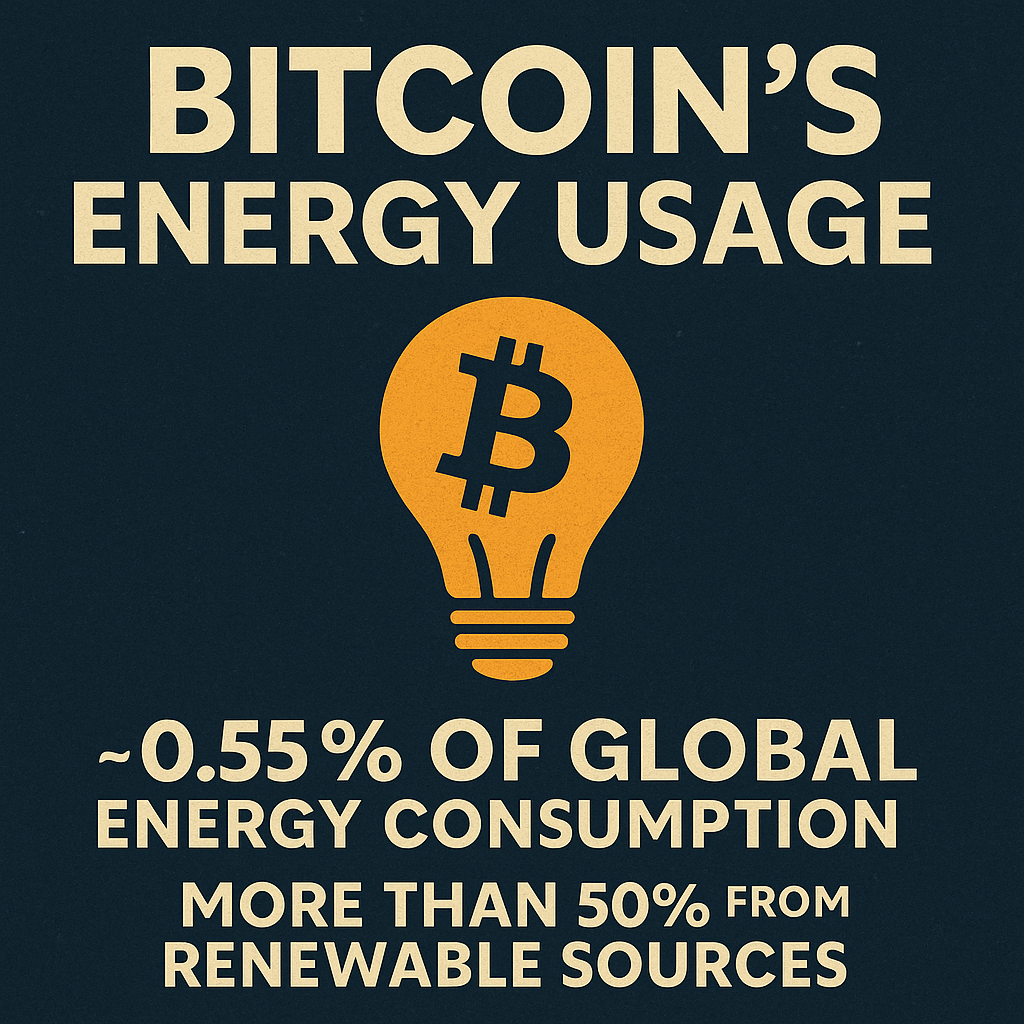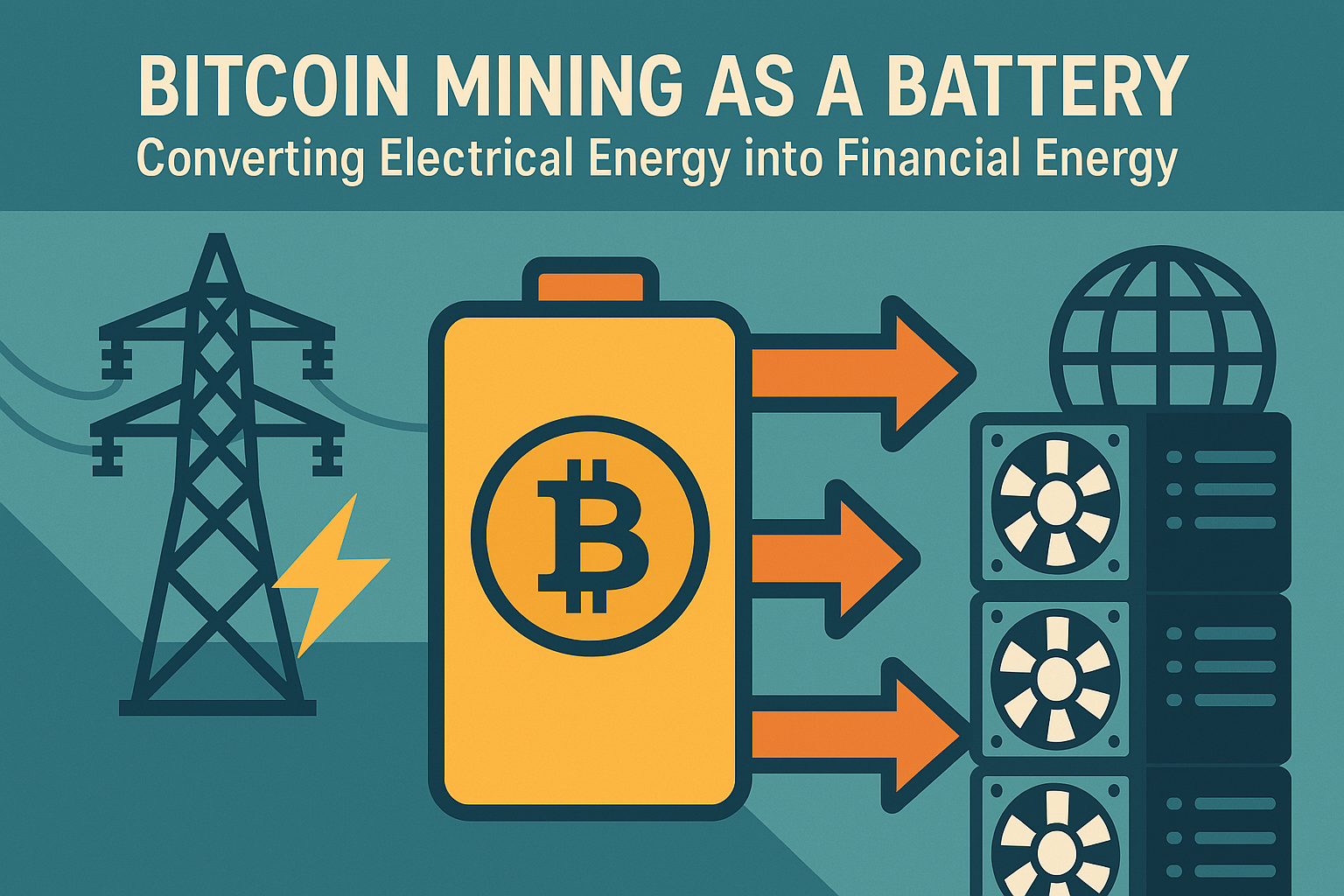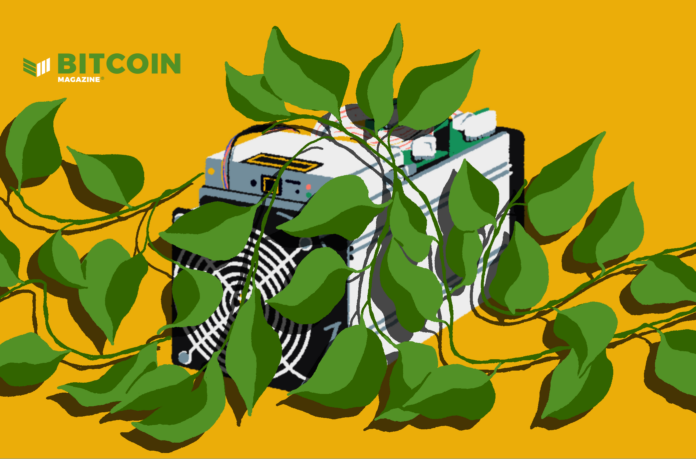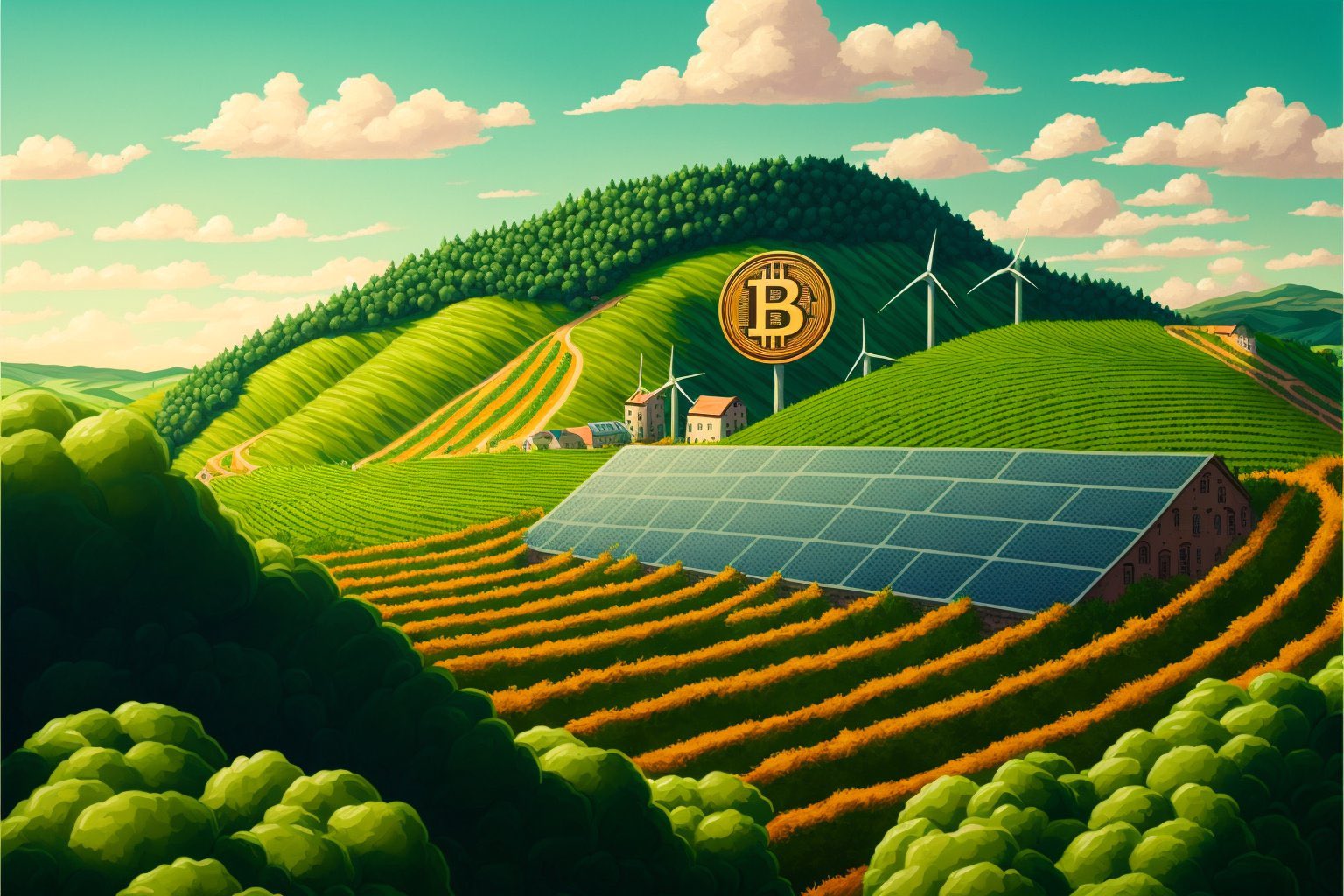ENVIRONMENTAL CASE
for BITCOIN
ENVIRONMENTAL CASE
for Bitcoin
Explore a curated collection of articles, videos, and research that dive into Bitcoin’s environmental impact, energy use, and sustainability efforts.

“Energy use is not a flaw of Bitcoin—it’s what gives it strength, security, and independence.”
– Lyn Alden

“Energy use is not a flaw of Bitcoin—it’s what gives it strength, security, and independence.”
– Lyn Alden
Featured
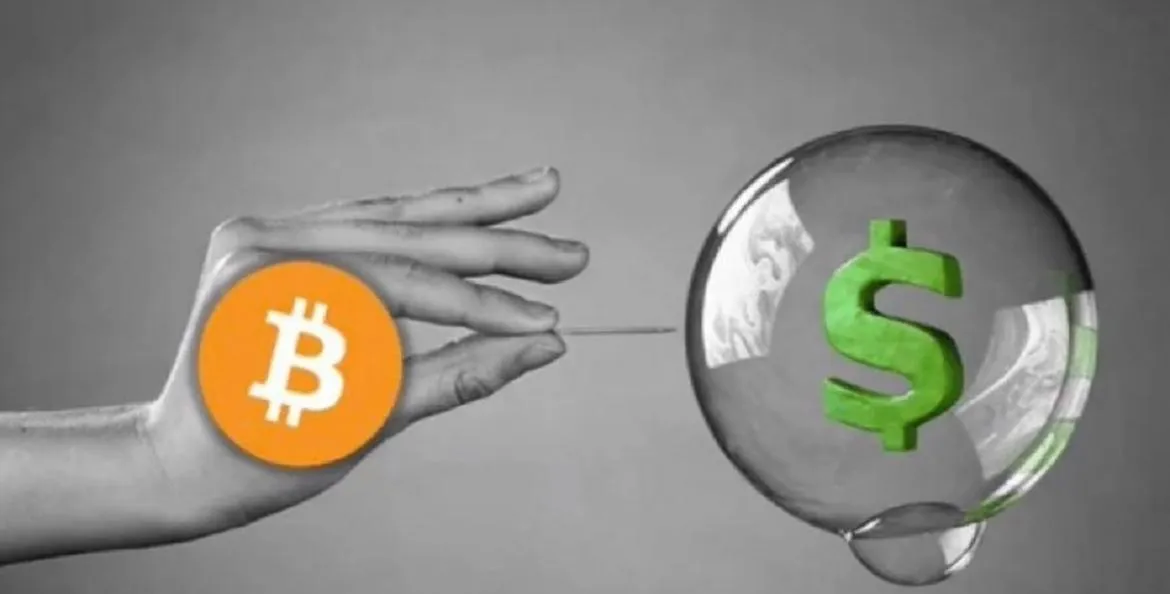
Bitcoin Is a Bubble? Here’s Why That Argument Keeps Popping
We’ve all heard it:
“Bitcoin is a bubble.”
“It’s just like tulips, or Beanie Babies, or the 2008 housing market.”
To the untrained eye, Bitcoin does look like a bubble. Its price rises fast, crashes hard, and brings headlines screaming “speculative mania!”
But look closer—and you’ll see that Bitcoin is not a bubble. It’s a monetary revolution in real time.
Let’s dig into the difference.
They keep calling Bitcoin a bubble—but they’ve got it backwards. Bitcoin isn’t the bubble. Bitcoin is the pin. The real bubble is the one we’re all living in: a fiat monetary system propped up by endless money printing, manipulated interest rates, and unsustainable debt. This isn’t a free market—it’s a balloon of artificial valuation built on trust in central bankers and broken promises. Bitcoin didn’t cause the instability—it exposes it. And every time the fiat bubble inflates further, Bitcoin’s signal gets louder. It's not the mania. It's the reckoning.
What Is a Bubble?
A bubble is when the price of something rises far above its intrinsic value, driven by hype, speculation, and FOMO—usually ending in a crash that never recovers.
Classic bubbles:
Tulip mania (1637): Prices soared 20x for a flower… and collapsed. Never returned.
Dot-com boom (2000): Thousands of worthless tech stocks exploded, then disappeared.
Housing crash (2008): Over-leveraged loans, synthetic assets, and too much trust in Wall Street.
The key? No lasting value. Once the hype was gone, so was the price—and the relevance.
So What Makes Bitcoin Different?
Bitcoin has crashed… and then recovered. Again. And again.
It’s been declared “dead” over 400 times by mainstream media. Yet here it stands: the best-performing asset of the past 10 years, still running 24/7, still adopted globally.
That’s not a bubble. That’s resilience.
Let’s look at what actually drives Bitcoin’s value:
Scarcity: Only 21 million will ever exist. That’s hard-coded.
Decentralization: No CEO, no company, no central bank.
Security: The most secure computing network in the world.
Utility: Used globally for payments, savings, remittances, and escape from broken economies.
Demand: Growing year after year—from individuals, institutions, even governments.
Does that sound like Beanie Babies?
Why the Price Volatility Looks Like a Bubble
Bitcoin’s price moves dramatically because it’s still young and supply is inelastic.
It trades globally, 24/7.
It has a fixed supply, so small demand changes swing price fast.
There’s no central bank smoothing out the market.
But volatility doesn’t equal fraud.
Amazon stock dropped 95% in the dot-com bust—and now it runs the internet.
Volatility is part of price discovery. Especially when you’re trying to monetize a brand-new asset class.
The Bubble Narrative Keeps People Poor
Here’s the hard truth:
The “Bitcoin is a bubble” narrative has stopped more people from building wealth than any scam ever could.
It tells people:
“Wait until it crashes.”
“You missed it.”
“It’s too risky.”
Meanwhile, Bitcoin keeps grinding forward, and those who actually study it keep stacking—and sleeping better at night.
The irony? Most of the people shouting “bubble” never read the whitepaper, never ran a node, never sent a transaction. They’re not warning you. They’re projecting their ignorance.
Final Thoughts
Yes, Bitcoin has price cycles. Yes, it will crash again. No, it’s not invincible.
But bubbles don’t come back stronger after every crash.
Bubbles don’t attract billion-dollar infrastructure.
Bubbles don’t solve real-world problems for millions of people.
Bitcoin isn’t a bubble.
It’s the pin.
And it’s popping the biggest bubble of them all—the lie that fiat money is safe.
Still unsure if Bitcoin’s too late or too risky?
Download our free guide: Bitcoin Unlocked: A Guide to Financial Sovereignty
Shout out to BullishBTC.com—for helping you cut through the noise and get the real signal on Bitcoin.
Introducing Soluna’s Project Dorothy: A Wind-Powered Data Center in Texas
Bitcoin Mining: Separating Fact from Fiction
Bitcoin's Energy Consumption and its Environmental Impact
How Bitcoin Can Expand the Grid in Africa with Erik Hersman
Turning Garbage into Bitcoin with Adam Wright
Builders + Innovators Summit 2021: Crusoe Energy
OUR GOAL
Our goal is to educate others on the value of owning Bitcoin from both a financial and humanitarian perspective.
QUICK LINKS
© 2025, BullishBTC. All rights reserved.

